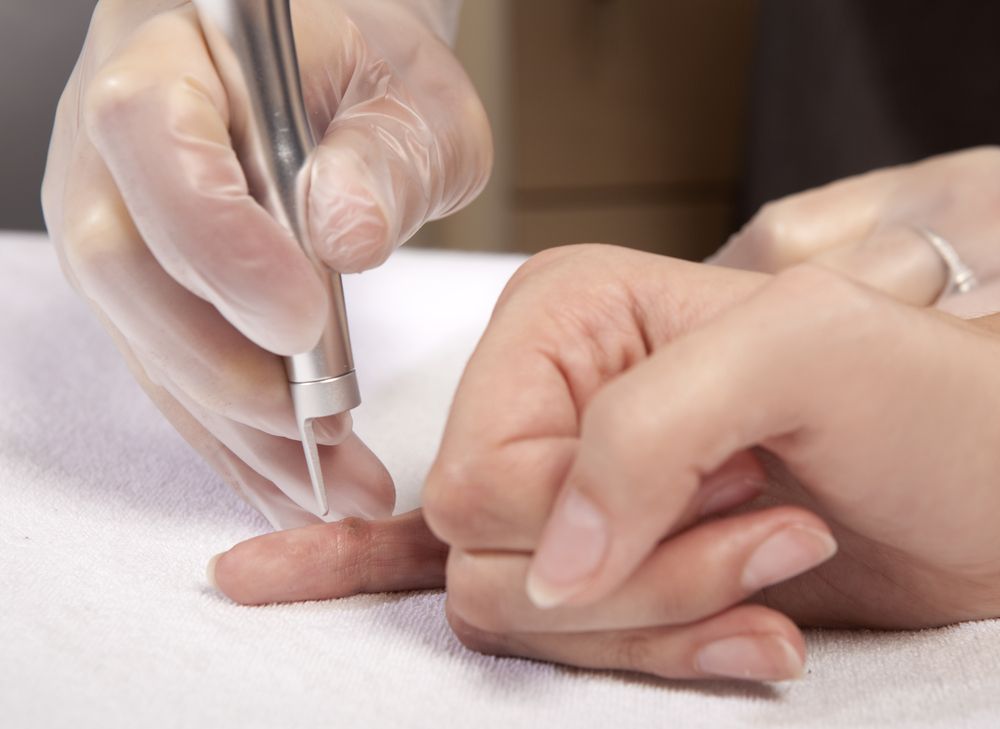What to do About Warts
A wart is a skin growth caused by some types of the virus called the human papillomavirus (HPV). There are more than 100 known types of HPV. HPV infects the top layer of skin, usually entering the body in an area of broken skin. The virus causes the top layer of skin to grow rapidly, forming a wart. Most warts go away on their own within months or years.
Warts can grow anywhere on the body. They are most common among children and young adults.

How are Warts Spread?
Warts are easily spread by direct contact with a human papilloma virus. You can infect yourself again by touching the wart and then another part of your body. You can infect another person by sharing towels, razors, or other personal items. After contact with HPV, it can take many months of slow growth beneath the skin before you notice a wart.
We can help. Call us Today.
As experts in wart treatment, our dermatologists are able to prescribe the best possible treatment for your type of warts. Visit out contact page to request and appointment.
Contact UsTypes of Warts
There are five kinds of warts. They look different and form on different parts of the body.
Common warts grow most often on the hands, but they may be anywhere on the body. They are rough, shaped like a dome, and gray-brown in color.
- Plantar warts grow on the soles of the feet. They look like hard, thick patches of skin with dark specks. Plantar warts may cause pain when you walk, and you may feel like you are stepping on a pebble.
- Flat warts usually grow on the face, arms, or legs. They are small (usually smaller than the eraser on the end of a pencil), have flat tops, and can be pink, light brown, or light yellow.
- Filiform warts usually grow around the mouth, nose, or beard area. They are the same color as your skin and have growths that look like threads sticking out of them.
- Periungual warts grow under and around the toenails and fingernails. They look like rough bumps with an uneven surface and border. They can affect nail growth.
Symptoms of Warts
Diagnoses of Warts
Treatment for Warts
Most warts don’t need treatment. But if you have warts that are painful or spreading, or if you are bothered by the way they look, your treatment choices include:
- Using a home treatment such as salicylic acid or duct tape. You can get these without a prescription.
- Putting a stronger medicine on the wart, or getting a shot of medicine in it.
- Freezing the wart (cryotherapy).
- Removing the wart with surgery (electrosurgery, curettage, laser surgery).
Wart treatment does not always work. Even after a wart shrinks or goes away, warts may come back or spread to other parts of the body. This is because most treatments destroy the wart but do not kill the virus that causes the wart.
